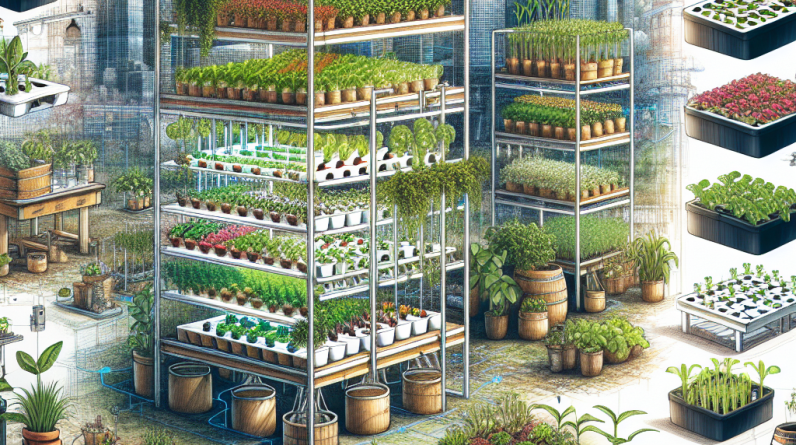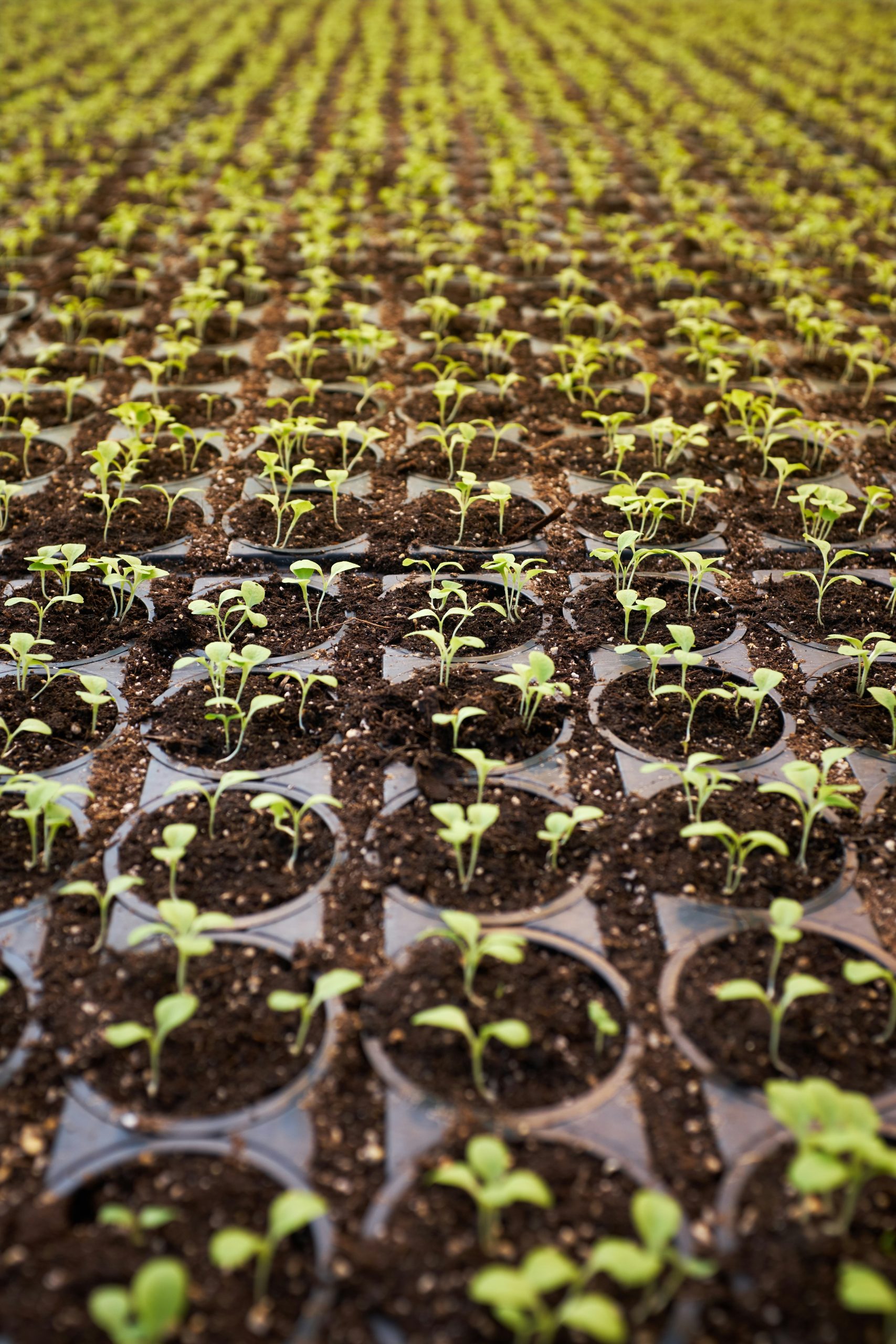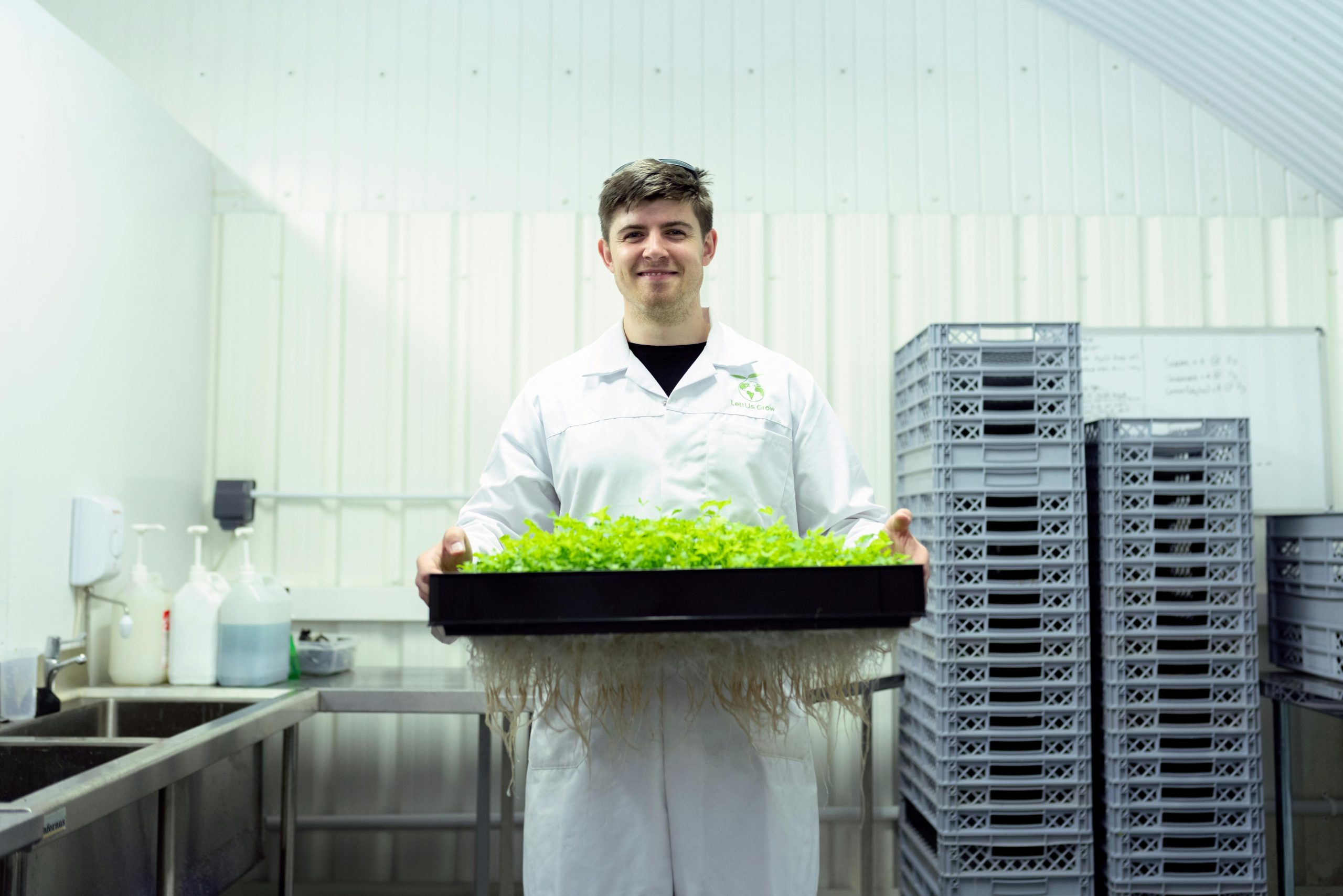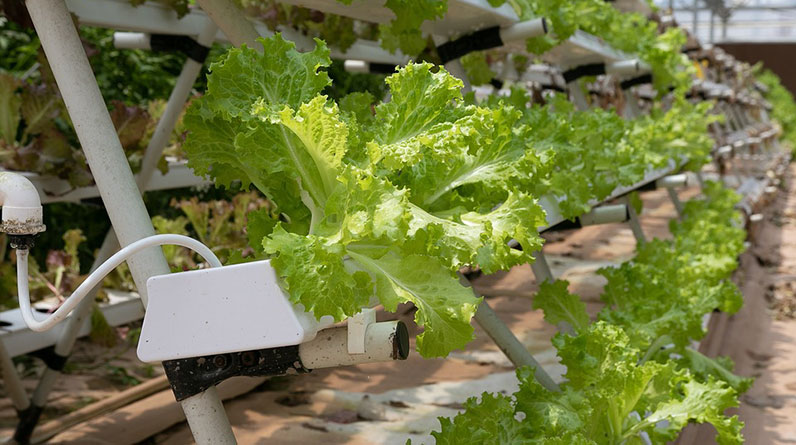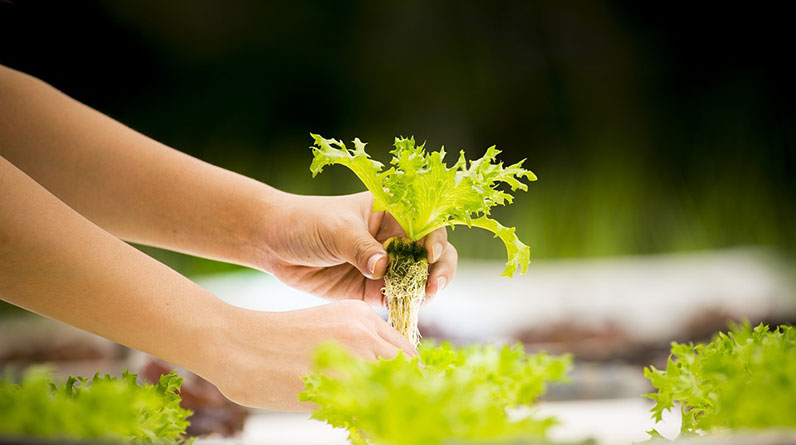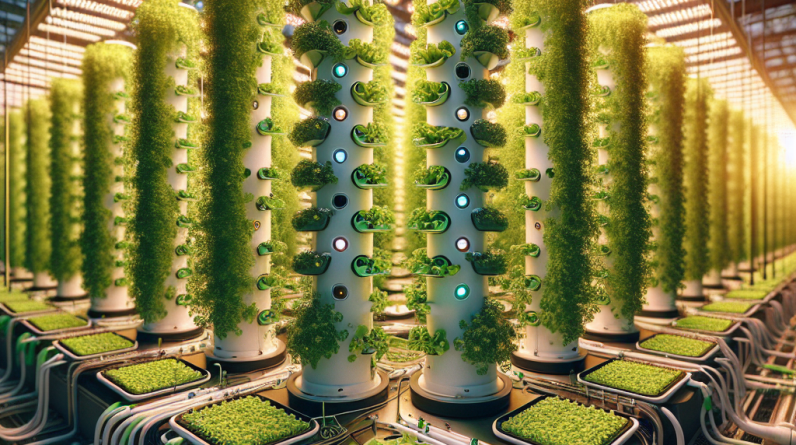
Understanding Hydroponics
What Is Hydroponics?
So, let’s kick things off with the basics. Hydroponics is basically growing plants without soil. Sounds a bit wild, right? Instead, plants get their nutrients from a nutrient-rich water solution. This technique allows for greater control over the growing environment, plus it can lead to faster growth rates and higher yields. How cool is that?
I’ve dabbled in hydroponics a bit myself, and I can tell you, once you see a plant thriving in water, it’s hard to go back to traditional farming methods. You develop a newfound appreciation for how plants can adapt and grow in different mediums!
It’s not just about skipping the dirt; it’s about exploring sustainable possibilities in agriculture. Hydroponics allows us to grow food in urban settings and areas where traditional farming simply isn’t possible. And that, my friend, is a game-changer in how we think about food production.
History of Hydroponics
Believe it or not, hydroponics has its roots all the way back to the ancient civilizations! From the Hanging Gardens of Babylon to modern-day systems, it has fascinating evolutionary steps. Learning about its history has made me realize that we’re not as far removed from those early innovators as we might think.
Fast-forward to the 20th century, and hydroponics started gaining major traction, particularly during World War II when there was a need for food production without access to conventional farming. That necessity laid the groundwork for many of the techniques we use today. It’s a bit humbling to think about how far we’ve come!
There are numerous hydroponic systems developed over the years, from Wick systems to Ebb and Flow. Each has its strengths and weaknesses, but they all contribute to the fascinating world of soilless farming that we see today. If you dive into this world, you’ll find yourself surrounded by rich history and innovation!
The Science Behind Hydroponics
This is where things get really interesting! Hydroponics is grounded in plant biology and chemistry, and understanding these principles can enhance your success in growing. The essential nutrients that plants require, like nitrogen, phosphorus, and potassium, are all dissolved in the water solution that you’ll provide.
It’s actually pretty fascinating how plants can directly take in these nutrients through their roots suspended in water. I remember the first time I set up my nutrient solution—I felt like a mad scientist, tinkering with concoctions! Just make sure to monitor pH levels, as they can greatly affect nutrient absorption.
Moreover, environmental factors like light, temperature, and humidity play a significant role in hydroponic systems. Gaining knowledge about optimizing these conditions can turn you from a novice to a pro in no time. It’s all about finding the balance and creating the perfect oasis for your plants.
Components of a Hydroponic System
Growing Mediums
When diving into hydroponics, one of the first decisions I had to make was selecting the growing medium. Even though it sounds like an oxymoron to have a “medium” without soil, there are several excellent options. Materials like Rockwool, clay pebbles, and perlite are all commonly used.
Each growing medium serves a distinct purpose: some retain moisture, some provide excellent aeration, and others can retain nutrients. Finding the right blend unique to your plant types and your growing goals can make a world of difference.
As I experimented, I found that different mediums impacted growth rates and overall plant health. So, don’t be afraid to try out different options and see what works best for you. It’s all part of the learning experience!
Nutrient Solutions
Let’s talk nutrients! In hydroponics, your plants are totally relying on you for their food. That nutrient solution doesn’t just support growth; it’s their lifeline. These solutions contain essential macro and micronutrients that help plants flourish.
Upon starting, I remember feeling overwhelmed by the numerous brands and formulas available. The key is to find a reliable nutrient mix and closely monitor how your plants respond to it. I kept a journal to track my plants’ progress—highly recommend it!
One of the most vital things I learned is that nutrient solutions need to be changed regularly to prevent any buildup of salts and other compounds that could harm the plants. It may seem like a hassle, but once I got into a rhythm, it became second nature.
Water Quality
It might sound simple, but the quality of water can be the making or breaking of your hydroponic garden. Contaminated water can introduce diseases and pests that can take out your entire crop before you know it.
I found out quickly that investing in a reliable filtration system was worth its weight in gold. Additionally, testing and adjusting water parameters like pH and EC (electrical conductivity) can drastically affect your plants’ growth. It’s like gaining a superpower!
With the right water quality, your nutrient solution will conduct the elements your plants need effectively, making it essential for successful yields. Learning how to maintain water quality was a game-changer in my hydroponic journey.
Practical Applications of Hydroponics
Urban Farming
One of the coolest aspects of hydroponics is its application in urban farming. With more people moving to cities and having limited space for gardening, hydroponics offers amazing opportunities. I’ve seen some jaw-dropping rooftop gardens done hydroponically that not only beautify the space but provide fresh produce.
This method suits small spaces so well, where you can stack plants vertically or use compact systems to fit in any nook. It’s almost like urban survival meets modern-day agriculture! Plus, urban farming can directly contribute to local food security, reducing the need for transportation of goods.
My friends and I often chat about the impact of urban farming on our communities, which can not only enhance food availability but also foster a sense of community as people get together to share knowledge and produce. It’s fulfilling on so many levels!
Research and Education
Hydroponics isn’t just limited to home gardens or commercial operations; it’s also a fantastic tool for education and research. Schools are beginning to implement hydroponic systems in science curricula, allowing students to engage with plant biology in real-time.
During a recent visit to a local high school, I was amazed to see students actively tending to their hydroponic system—taking pH readings, mixing nutrient solutions, and even troubleshooting issues that arose. It’s inspiring to see the next generation getting hands-on experience in sustainable farming.
Not to mention, universities also conduct extensive research in this field to explore advances in automation and crop yields under controlled conditions. There’s something really exciting about being part of a movement where education meets innovation.
Commercial Applications
Let’s get real: hydroponics is big business. More and more commercial growers are turning to hydroponic systems to meet the rising demand for fresh produce. It’s a world where sustainability meets economic viability, and it’s pretty exciting!
By utilizing vertical farming techniques and controlled environments, commercial growers can maximize space and minimize resource use. I’ve visited a few farms employing this method, and the efficiency is mind-blowing. Produce that might have taken weeks could be ready in a matter of days!
As I talked with one of the farmers, they noted how while start-up costs can be high, the return on investment is worth it in the long run with such quality produce hitting the markets. It’s inspiring to see people transform their passions into profitable businesses while also contributing to healthier food systems.
Future Trends in Hydroponics
Technological Innovations
The future of hydroponics is bright, thanks to the rapid pace of technological innovations. As new tools and systems are developed, smaller hydroponic systems are more efficient and user-friendly than ever. I remember the days of feeling overwhelmed with setups—now, some systems almost set themselves up!
Remote monitoring systems are also on the rise. Imagine controlling the entire setup from your smartphone—checking light levels, temperature, and water pH without needing to be physically present. It feels like something straight out of a sci-fi movie!
There’s also growing interest in automation and robots in gardening, preparing our farms for a future where labor might become scarce. Embracing these advances can unleash new potentials for home growers and commercial entities alike. Trust me, you’ll want to keep an eye on these tech trends!
Sustainability Goals
With climate change hitting us hard, there’s a collective push towards sustainable farming practices, and hydroponics fits right into that narrative. It uses less water than traditional farming and can be implemented in areas where land is limited or unsuitable for crops. That’s a win-win in my book!
More initiatives are popping up around the world that promote hydroponics as a sustainable solution to food production. I’ve met several grassroots organizations dedicated to teaching communities, especially in developing regions, how to set up efficient hydroponic systems. The ripple effect of educating others and promoting sustainability is super powerful.
As people become more aware of where their food comes from, there is significant potential for growth in this sector. By aligning our farming practices with sustainability goals, we can have a positive impact on our environment and future generations. It’s essential work we’re embarking on!
Global Food Security
Now, let’s get to a critical issue—global food security. Hydroponics presents a feasible solution to combat hunger in many parts of the world. As urban populations grow, traditional farming struggles to keep up, so innovative solutions like hydroponics become more relevant.
The ability to produce food locally in areas traditionally reliant on imports can radically shift food systems, ensuring communities have fresh produce at their fingertips. I love discussing these ideas with fellow garden enthusiasts—it’s an invigorating topic that sparks passionate conversations!
The future of food is in our hands, and hydroponics may just play a significant role in achieving that. By making sustainable practices more accessible, we’re on the threshold of crafting healthier and more resilient communities. It’s inspiring to be part of this transformation!
Frequently Asked Questions
1. What is hydroponics?
Hydroponics is a method of growing plants without soil, using a nutrient-rich water solution instead. It allows for greater control over the growing environment and often results in faster growth and higher yields.
2. What are the advantages of using hydroponic systems?
Some advantages include efficient use of water, space-saving options, faster growth rates, the ability to cultivate food in urban environments, and year-round production.
3. Can I set up a hydroponic system at home?
Absolutely! Many people successfully set up small hydroponic systems in their homes or gardens. There are various kits available for beginners, and you can scale up based on your experience and interest.
4. What types of plants can be grown in hydroponic systems?
Many plants can thrive in hydroponic systems, including leafy greens, herbs, strawberries, and tomatoes. However, it’s essential to choose plants suited for your specific system and conditions.
5. Is hydroponics more expensive than traditional farming?
The initial setup costs can be higher for hydroponics, but with careful planning, the long-term benefits—including higher yields and quality produce—often make it a financially viable option.
Related Content
- Maximizing Yield with Hydroponic Systems
- The Ultimate Guide to the 10 Best Hydroponic Greenhouse Strategies for 2025
- The Ultimate Guide to Hydroponic Lighting Setup 2025: 7 Effective Strategies for Best Results
- The Ultimate Guide to 10 Effective hydroponic growing equipment for 2025
- Hydroponic Farming: Growing Fresh Produce in Small Spaces



